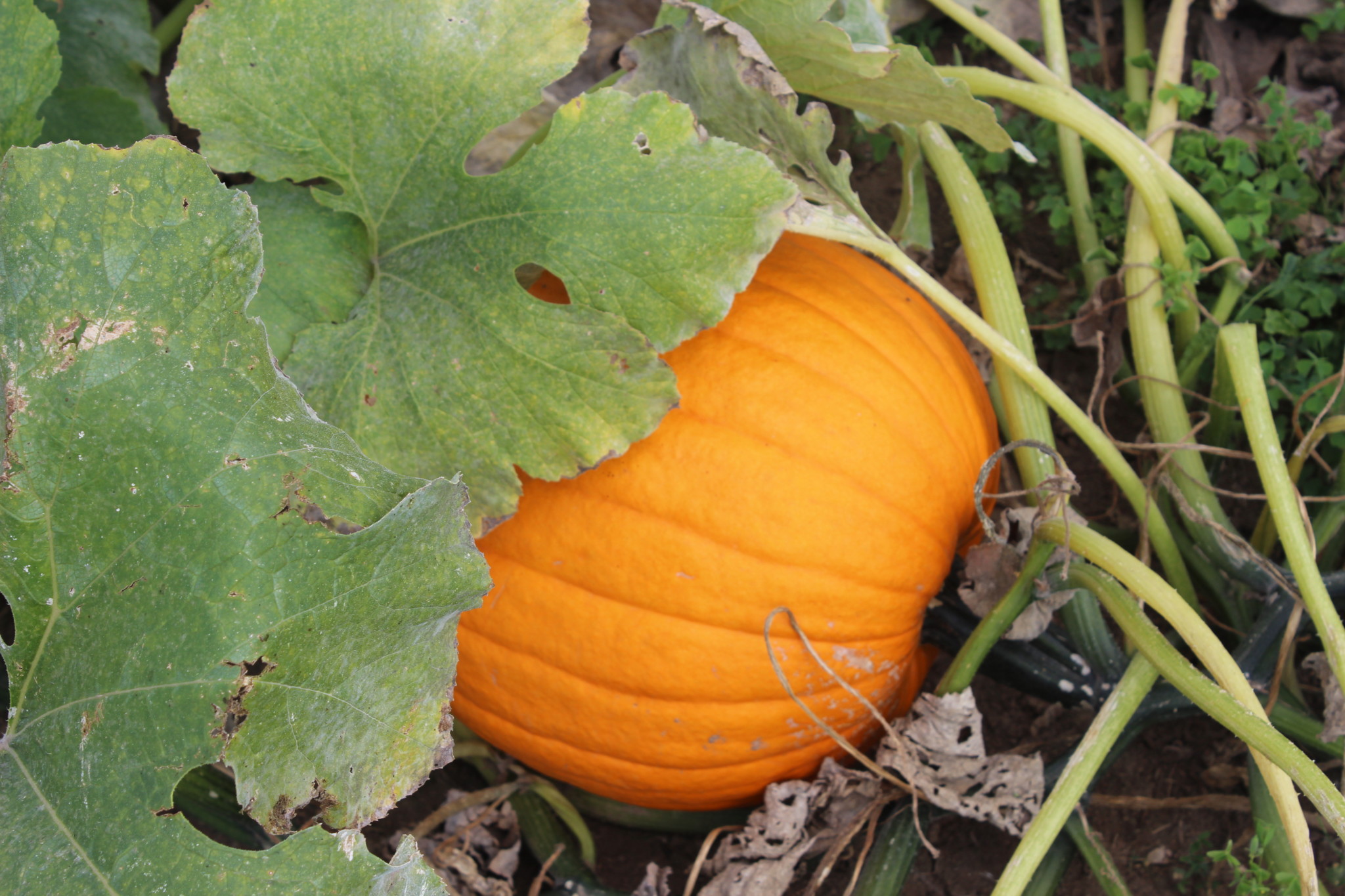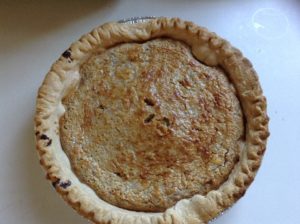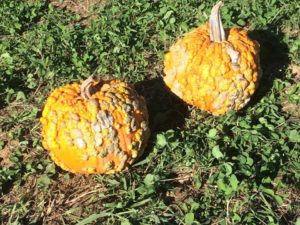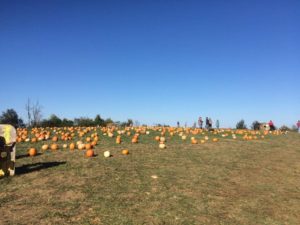Happy Friday Grow Appalachia readers! Is Halloween really this upcoming Monday? Due to life insanity and busy-ness on my end, for the first time in a while I may actually be forgoing a costume this year. *sigh* Oh well.
If you’ve been keeping up with Grow Appalachia publications over the last year and some change, the title of this week’s blog may seem a bit familiar to you. That’s because around this time last year, October 8 to be exact, we ran a newsletter with the exact same title! We’ve had many new faces come in and out since that time, and since fall is definitely in the air…I mean, first off, how many of you automatically associate pumpkins with fall? You almost just can’t help it! Not to mention pumpkin spice EVERYTHING is hitting shelves nowadays. I do have to shamelessly admit that I have had a pumpkin spice latte this season, but I saw pumpkin spice Cheerios over the weekend….I mean, I’m definitely what you would call a “fan” of pumpkin spice, but come on now…
Anyway.
So the first question is…?
Are pumpkins fruits…or vegetables? We readily classify pretty much anything we grow in the garden as a vegetable, but is that really the correct identification? According to this blog from the Mayo Clinic, the answer is actually not what you might think:
A fruit is the part of the plant that develops from the flower. It’s also the section of the plant that contains the seeds. The other parts of the plant are considered vegetables…The following are technically fruits: avocado, beans, peapods…cucumbers, nuts, olives, peppers, pumpkin, squash…and tomatoes.
Is your mind blown yet?
Are they good (for you)?
Of course everyone loves pumpkin pie (or maybe it’s just me?), and pumpkin chili is definitely a win-win. But is all that orange goodness actually worth all the baking and cooking? According to an article from The Huffington Post (see source below), it totally is! Here are just a few of the health benefits listed:
- 1 cup of cooked mashed pumpkin provides more than 200% of your daily recommended intake of Vitamin A. Vitamin A is a key nutrient in good eye health.
- You’ll also get 3 grams of good-for-you fiber and just 49 calories in a 1 cup serving of pumpkin!
- Pumpkin seeds contain heart-healthy chemicals called phytosterols that studies show help lower “bad” cholesterol.
- Pumpkins are rich in beta-carotene, an antioxidant that, according to the National Cancer Institute, may have cancer-fighting properties.
- 1 cup of cooked pumpkin has almost 150 more milligrams of potassium than that of a banana (564 to 422).
Tender Loving Care
If you’re a gardener reading this and you want to try your hand at procuring some pumpkins in your own garden next season, I’ve gathered a few tips and tricks to help you produce the most beautiful pumpkins:
- Pick a site with full sun and ample space to accommodate growing vines. Some varieties have vines that can grow up to 25 feet in length!
- Pumpkins are “heavy feeders”, so proper soil health is key for good growth. Make sure your planting site is well-drained and fertile, with plenty of organic matter applied before planting.
- Pumpkins do best when seeds are sown directly into the soil, rather than as transplants.
- Pumpkin seeds will not germinate if the soil is too cold. Wait until all dangers of a frost have passed before planting. Depending on which variety and size you select, the average maturity time for pumpkins is 95-125 days, so plan accordingly. If pumpkins are planted too early, they may soften and rot before you can use them. However, they do tolerate brief periods of drought well.
- Pumpkin and squash flowers are popular attractions to pollinators, such as bees, and adequate pollination is important for fruit setting and development. If you use insecticides in your garden, they may be harmful to bees. If you’re having issues with a particular pest and must use insecticides, apply them during evening hours, as risk of exposure lessens through the overnight hours.
- Speaking of pests, like any other vegetables/fruits in the garden, pumpkins are susceptible to primarily cucumber beetles and squash vine borers. Keep your garden clear of residual plant debris. Prevention before pests get out of control is most practical.
- To ameliorate disease, plant resistant varieties.
Variety Selection
Depending on what you’re looking for, I’ve broken down some varieties into pie, jack-o-lantern, and ornamental/other varieties. Also, if you live close to a farm that has a pumpkin patch, ask what varieties they grow. I visited a pumpkin patch a few weeks ago and there were SO many! Happy seed shopping!
Pie: New England Sugar Pie, Baby Pam (organic), New England Pie Pumpkin (not as sweet as Baby Pam), Baby Bear
Medium/Jack-O-Lantern: Champion, Polar Bear (they’re white!), Orange Smoothie (AAS Winner), Howden, Big Moose
Ornamental/Others: Munchkin, Rouge Vif D’Etampes (beautiful red color), Galeux D’eysines (the warts look like peanuts!), Porcelain Doll (intermediate resistance to powdery mildew), Green Striped Cushaw.
All right, that’s a wrap for this pumpkin parade! Happy Friday everyone, and Happy Halloween on Monday! Have fun and stay safe!
Resources/Further Reading
8 Impressive Health Benefits of Pumpkin from Huffington Post






Leave A Comment